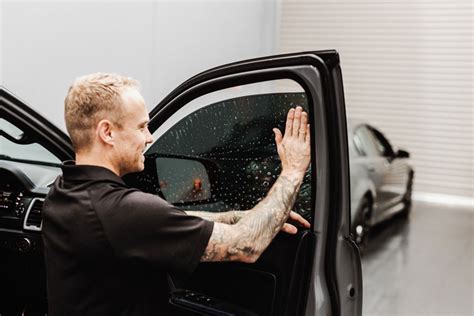Fast Track to Dry Tint: Our Top Time-Saving Tips
Dry brushing—that distinctive technique that creates texture and depth in your artwork—can be a time-consuming process. But what if you could achieve the same stunning effects in a fraction of the time? This article reveals our top time-saving tips to fast-track your dry brushing, allowing you to create captivating pieces without sacrificing precious hours. Whether you're a seasoned artist or just starting, these techniques will boost your efficiency and elevate your artistic workflow.
What is Dry Brushing and Why Speed it Up?
Dry brushing involves applying paint with a very minimal amount of liquid, using a stiff-bristled brush. This technique produces a textured, slightly scratchy effect, revealing the canvas or underpainting beneath. It's perfect for creating highlights, adding a sense of movement, or building layers of subtle color. However, the meticulous nature of controlling paint application means it can be surprisingly time-consuming, especially for large canvases or complex scenes. Speeding up the process allows you to focus more on creative expression and less on technical execution.
Preparing for Speed: Organization is Key
How can I organize my materials for faster dry brushing?
Before you even touch a brush, proper organization significantly accelerates your workflow. Set up your palette with colors pre-mixed and arranged logically. Have your brushes (various sizes and stiffnesses) readily accessible. Clean rags or paper towels should be within arm's reach for quick cleanup between color changes. A well-organized workspace minimizes time spent searching for materials and keeps you focused on painting.
Mastering the Brush: Techniques for Efficiency
What brush types are best for fast dry brushing?
Choosing the right brush is paramount. Stiff, synthetic brushes with short bristles are ideal for dry brushing. They hold less paint, allowing for better control and quicker application. Experiment with different brush shapes (flat, round, filbert) to find your preferred style. Consider having several brushes at the ready—a larger one for broad areas and smaller ones for details.
How do I control the amount of paint for quicker application?
Controlling the amount of paint is crucial for efficient dry brushing. Instead of loading the brush heavily, barely touch the paint, picking up only a small amount on the bristles. Work quickly, applying light strokes, and avoid overworking any one area. Remember, less is more when it comes to dry brushing. Too much paint will negate the technique's unique effect.
Optimizing Your Workflow: Strategic Approaches
What are some time-saving strategies for dry brushing large areas?
For large areas, work in sections. Focus on establishing the overall tone and texture first, then refine details later. Use a larger brush for the initial layer, focusing on broad strokes and directional movements to convey form or movement. Don’t strive for perfection in the first pass.
How can I use dry brushing techniques to speed up my painting process?
Dry brushing isn't just about texture; it's a powerful tool for layering color and creating depth. By strategically applying light washes of different colors, you can quickly build complex underpaintings and add depth. This approach significantly reduces the need for multiple, time-consuming wet-on-wet layers.
Embrace the Imperfection: A Key to Speed
Is it okay to make mistakes while dry brushing for speed?
Yes, absolutely! Embrace the imperfections inherent in dry brushing. The slightly scratchy, uneven texture is part of its appeal. Don't fret over tiny inconsistencies; they add character to the piece. This more relaxed approach contributes significantly to faster painting.
Conclusion: Unlock Your Dry Brushing Potential
By implementing these time-saving strategies, you can unlock the full potential of dry brushing without sacrificing the quality of your artwork. Remember, the goal is not to rush through the process but to optimize your workflow, allowing you to focus on your creative vision and achieve stunning results efficiently. So, pick up your brushes, embrace the speed, and enjoy the journey!

